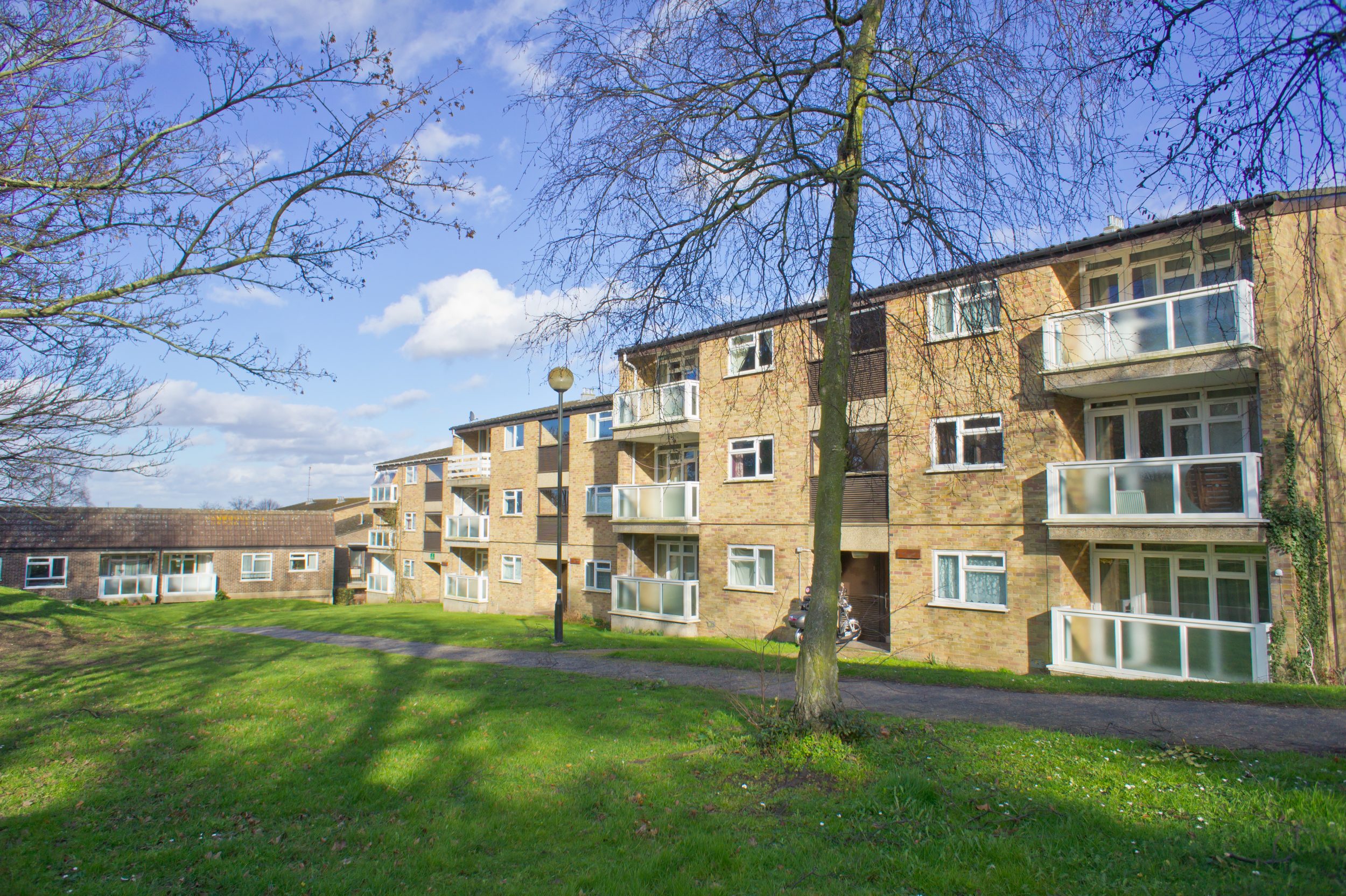
Homes (Fitness for Human Habitation) Act 2018
The Homes (Fitness for Human Habitation) Act 2018 came into effect on 20th March 2019 and applies to both the social and private rented sectors to ensure that all properties are fit for human habitation throughout any tenancy.

